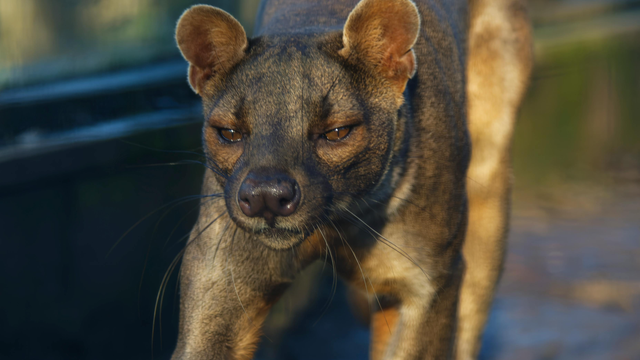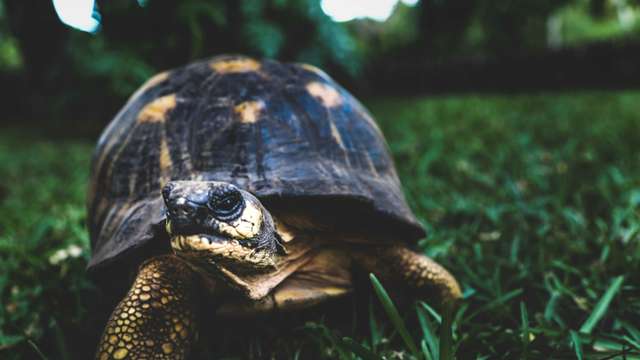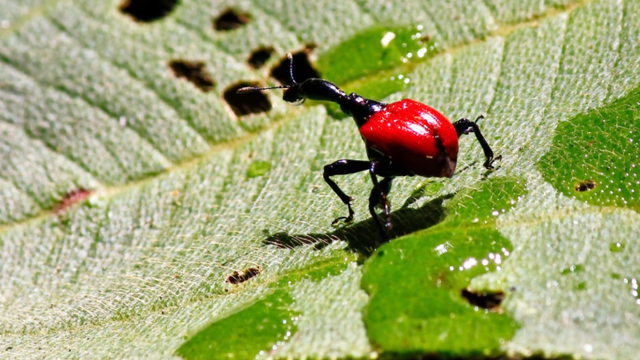Madagascar, an island with all the world’s rarest species

The world’s rarest species, all in one place! That’s Madagascar, the world’s fifth-largest island off the southeastern coast of Africa.
The island has 144 million acres and has gained global recognition for its rich and unique wildlife environment and biodiversity. Approximately 95 percent of the country’s reptiles, 89 percent of its plant life, and 95 percent of its mammals can only be found on this island.
Research suggests that the majority of the wildlife species on this island transferred to the island through sea crossing.
Scientists propose three theories to explain how this happened. First, is the suggestion that the majority of these species swam from mainland Africa when Madagascar split off from Africa and became an island during the early Jurassic, some 180 million years ago. The second theory suggests that the animals descended to Madagascar when the island split from the Indian subcontinent along with Seychelles more than 81 million years ago. The third says that animals walked to the island via land bridges which were opened at some period.
Whatever the theories, these animals, the rarest of their kind all over the world, have made Madagascar an absolute world tourist destination for many.
Here are seven of Madagascar's species you will never find anywhere else in the world.
Aye-aye (Daubentonia madagascariensis)

The aye-aye is one of the world’s most unusual primates related to chimpanzees and apes. It’s a squirrel-like animal with large eyes. They are usually black or dark brown and have long middle fingers with pointed claws. The aye-aye uses its big toes to dangle between trees and locate grubs, which it extracts by tapping on the trees and listening for insects in tree barks. It uses its middle finger to fish out these insects. It coils up in a ball-like nest of leaves and branches during the day. They are considered an omen of ill luck by the natives of the island but are protected by law because they are going extinct.
Fossa (Cryptoprocta ferox)

The Fossa looks like a cat but is Madagascar’s top predator. It is the largest of the Mongoose family and dominates the forest. It grows up to 6 feet long and weighs 26 pounds. It is considered an intelligent and agile mammal that can hunt both on the ground and in the trees, preying on lemurs and other small animals. With its cat-like body and dog-like snout, the fossa impacts large populations of small mammals, birds, reptiles, and amphibians.
Ploughshare Tortoise (Astrochelys yniphora)

The ploughshare tortoise, or angonoka, is currently the world’s most threatened tortoise. It is native to the dry forests of the Baly Bay National Park in northwest Madagascar. The attractive tortoise gets its name from the plough-like extension on its lower shell. This rare species are currently protected from international smuggling, manhunts, imprisonment, and even murder.
Indri (Indri indri)

The indri is the largest living lemur found in the forests of Madagascar. They are herbivores known for their distinctive calls which they use to communicate with each other. With long limbs and a short tail, the Indri moves through the trees. They have long dog-like muzzles sticking out from their faces with big round eyes. Indris are often featured in local folklore and traditions.
Tomato Frog (Dyscophus antongilii)

Tomato Frogs get their names from their bright red tomato-like colour although the males usually have brown orange colouring. They live in the rainforests and swamps of eastern Madagascar. The rare species is known for fighting off predators by secreting a sticky, poisonous mucus through its pores. The Tomato Frog is more active at night and hides during the day. There are conservation efforts to protect the amphibians that are usually caught for the pet trade.
Giraffe Weevil (Trachelophorus giraffe)

One of Madagascar’s many unique insects, the giraffe weevil is known for its extremely long neck, particularly in males. This insect is the largest in the weevil family. It lives in small trees and feeds on leaves. They are usually found at the Andasibe-Mantadia National Park in Madagascar. Other beetle species like the New Zealand Giraffe Weevil share a common name.
Malagasy leaf-nosed snakes
Also known as the spear-shaped snake, the Malagasy leaf-nose snakes has a peculiar shape. The males are brown and yellow with a spear-shaped nasal area while the females have a leaf-shaped nasal extension and are greyish in colour. Their eyes and nasal openings are on the top of their heads, giving them an upper hand over prey. They are sleeker in water than on land.